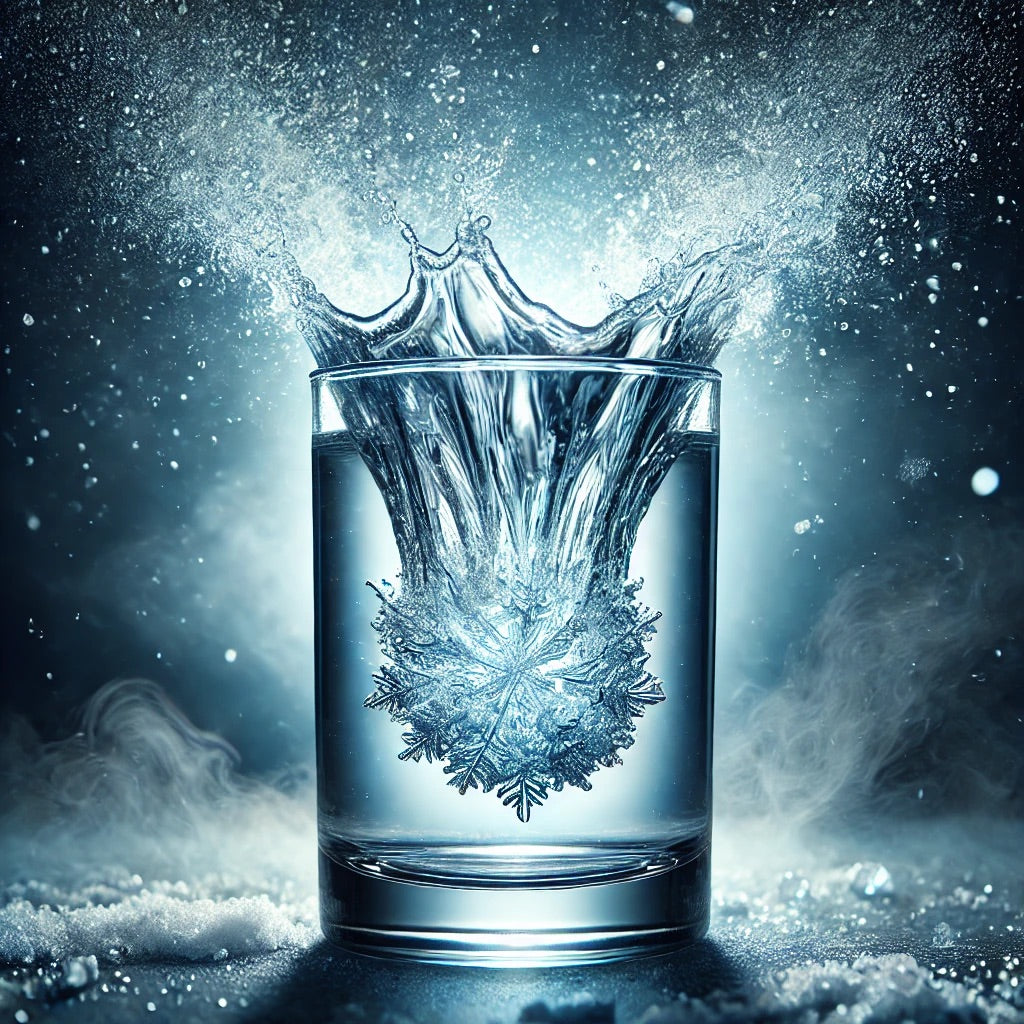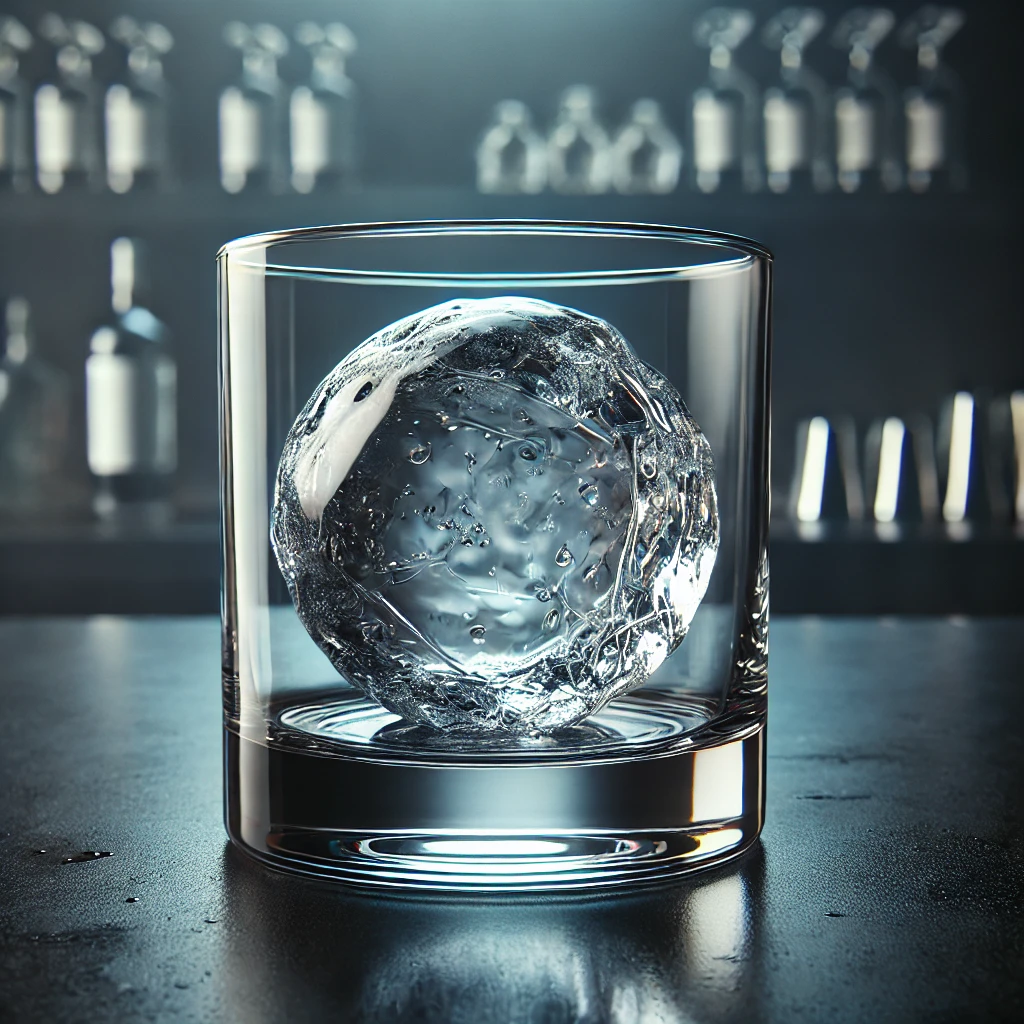Supercooling refers to the process by which a liquid, such as water, is cooled below its normal freezing point (32°F or 0°C for water) without it turning into ice. This phenomenon occurs because the water remains in a liquid state even though it has reached a temperature where it would normally solidify.
For water to freeze into ice, it needs two main conditions:
1. Temperature: The temperature must drop to or below the freezing point (32°F or 0°C).
2. Nucleation Point: There needs to be a point around which ice crystals can begin to form. This could be impurities, particles, or a rough surface where the water molecules can start arranging into a solid structure.
In the absence of these nucleation points, water can be supercooled, meaning it will stay liquid even below the freezing point. When supercooled water is disturbed or exposed to a nucleation site (such as shaking, pouring, or introducing a solid object), the liquid instantly freezes into ice. This is because the water molecules suddenly align into a solid crystalline structure once given a nucleation trigger.
How Supercooling Works to Create Ice:
1. Cooling Without Freezing: In a supercooled state, water is cooled below 32°F (0°C), but because no nucleation point exists, it remains a liquid. This happens because, in pure water, freezing requires not just cold temperatures but also an initiation point for ice crystals to start forming.
2. Introduction of a Nucleation Point: When supercooled water is disturbed, either by shaking, tapping, or introducing an impurity or surface (like an ice cube or dust particle), the water molecules rapidly arrange themselves into a crystalline structure. This leads to the immediate formation of ice. The process happens almost instantaneously, creating ice in a dramatic and rapid way.
Practical Applications of Supercooling:
• Ice Packs: Some reusable ice packs work by supercooling a liquid. They contain a solution that remains liquid until a small disc inside the pack is pressed or snapped, which acts as a nucleation point. Once activated, the liquid rapidly crystallizes into a solid, releasing latent heat and making the pack cold.
• Supercooling Demonstrations: In controlled environments, supercooling can be used to demonstrate physics concepts, where bottled water or purified water is cooled below freezing in a freezer but remains liquid. When the bottle is shaken or poured onto ice, the water instantly freezes, creating a fascinating visual effect.
Summary:
Supercooling is the process of cooling a liquid below its freezing point without it becoming solid. For water, supercooling can occur when the liquid is pure and lacks nucleation points. Once a disturbance or impurity is introduced, the supercooled water will freeze almost instantly, creating ice in a dramatic fashion. This phenomenon illustrates the complex relationship between temperature, molecular structure, and phase changes in matter.


